THE PLUS RHINOPLASTY IN KOREA
Nostril and Nasal Wing Rhinoplasty in Korea


THE PLUS RHINOPLASTY IN KOREA
Nostril and Nasal Wing Rhinoplasty
the plus rhinoplasty in Korea
Nostril and Nasal Wing (Alar Retraction) Correction Surgery
What is Alar Retraction?
Alar retraction, often referred to as alar rim retraction, is a condition where the outer edges (or rims) of the nostrils are pulled upward, causing an unnatural appearance and possibly impacting nasal function. This can lead to a permanent or temporary alteration of the nose’s shape, giving it a retracted or “pinched” look around the nostrils.
Causes of Alar Retraction
- Surgical Procedures:
Rhinoplasty: It’s commonly seen as a postoperative complication of rhinoplasty, especially if excessive tissue removal was involved.
Septoplasty: Procedures that correct a deviated septum can sometimes inadvertently affect the alar rim. - Trauma: Any injury to the nose that damages the cartilage or soft tissues can result in alar retraction.
- Congenital or Developmental Factors: Some individuals may be born with this condition or develop it due to genetic factors influencing nasal cartilage growth.
- Inflammatory Conditions: Chronic inflammatory diseases, such as granulomatosis with polyangiitis, can cause tissue damage and retraction.
- Infections: Severe or untreated nasal infections can lead to the degeneration of nasal tissues.
Surgical Methods for Alar Retraction by Case
Correction methods can vary depending on the type of alar retraction. It’s generally understood that there are limitations to correcting the thick skin of the alar through surgery, making these cases typically more challenging.
Surgical methods to address alar retraction involve a variety of techniques tailored to the patient’s specific anatomy and the severity of the condition.
- Cartilage grafts, such as alar rim and batton grafts, provide structural support, while auricular composite grafts offer both cartilage and skin for comprehensive reconstruction.
- Flap techniques, like the nasolabial flap, utilize adjacent tissue for added soft tissue coverage.
- Nostril spanning sutures, alar base reduction and repositioning, and nasal valve reconstruction can stabilize and reposition the nasal structures to improve both aesthetics and function.
- In severe cases, tissue expanders and septoplasty might be employed to correct soft tissue deficiencies and internal nasal imbalances.
Case A: Medial Alar Retraction
This condition is characterized by inward nostrils, giving the inside of the nostrils a triangular appearance. It often occurs as a result of surgery.
Before and After Medial Alar Retraction Surgery:
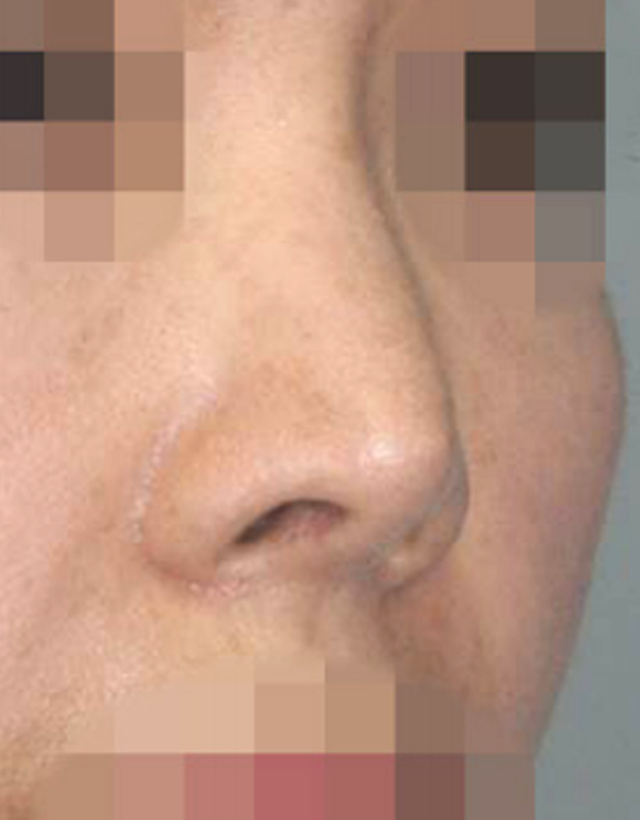
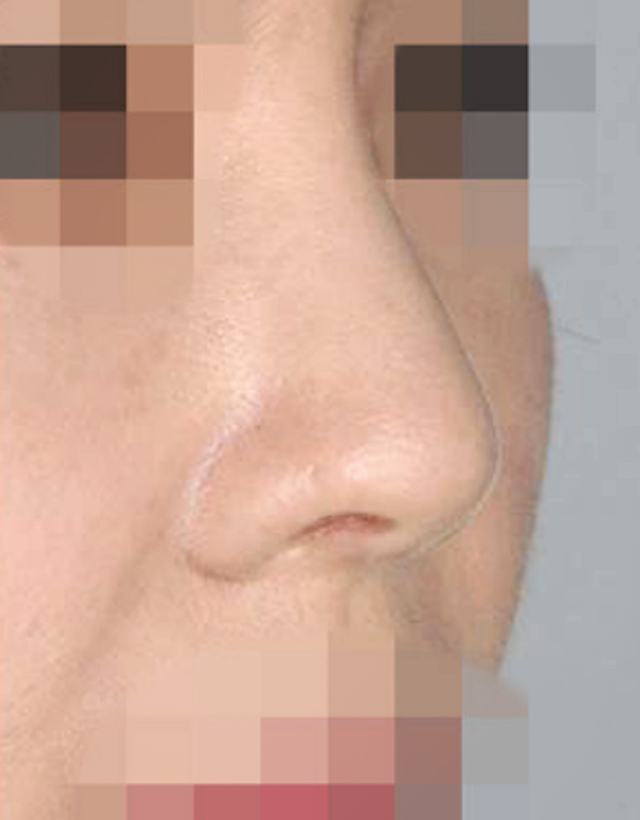
Case B: Central Alar Retraction
Central alar retraction is when the nostril is in the center. If correction fails, the tip of the nose can thicken, so caution is needed.
Before and After Central Alar Retraction Surgery:
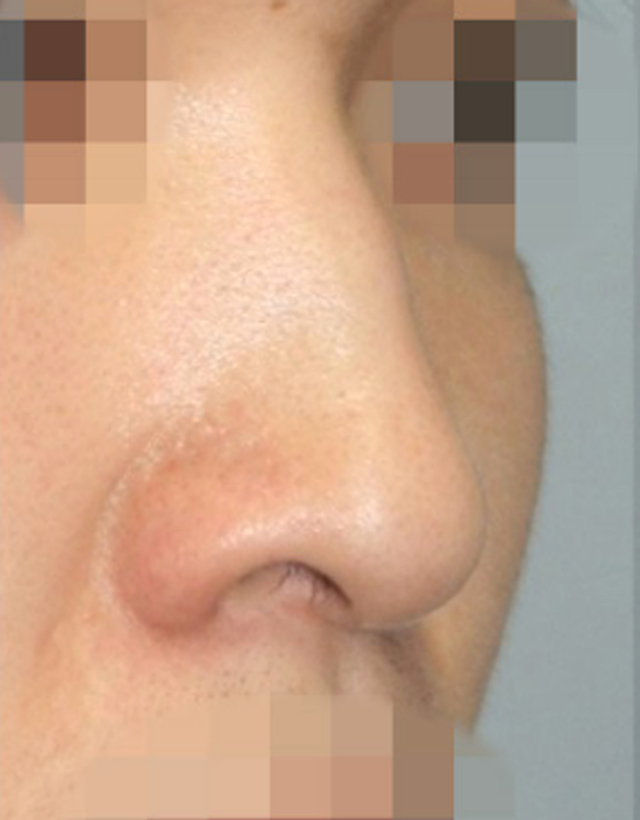
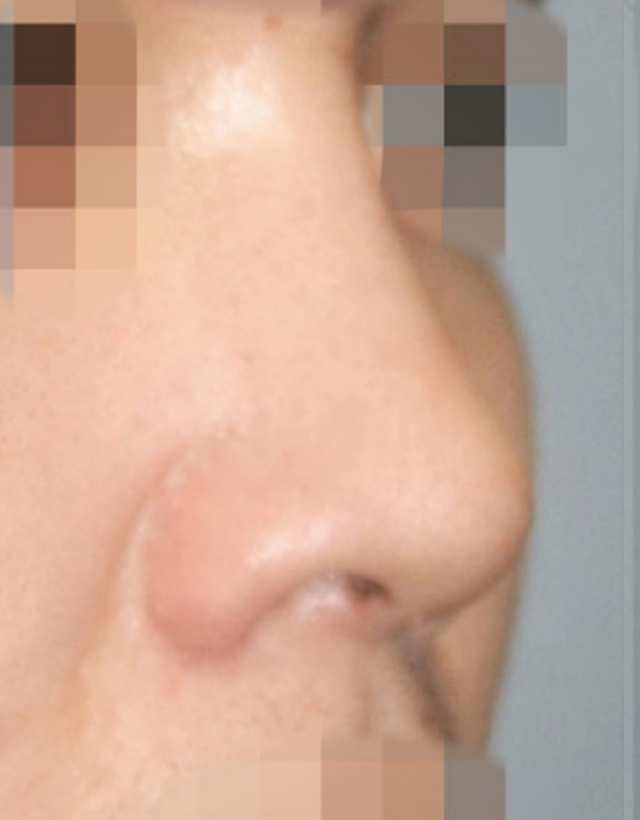
Case C: Lateral Alar Retraction
This condition is when the outside of the nostril is raised, usually due to congenital causes.
Before and After Lateral Alar Retraction Surgery:
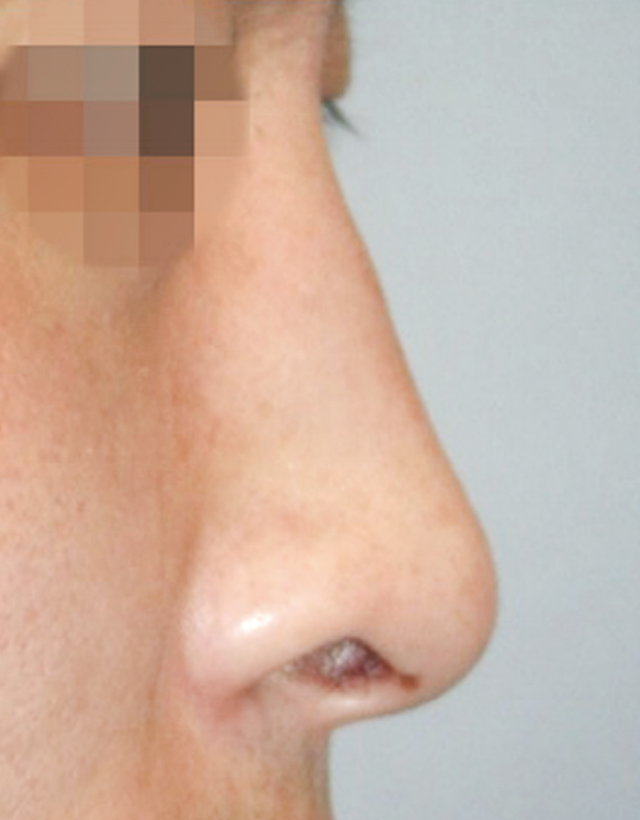
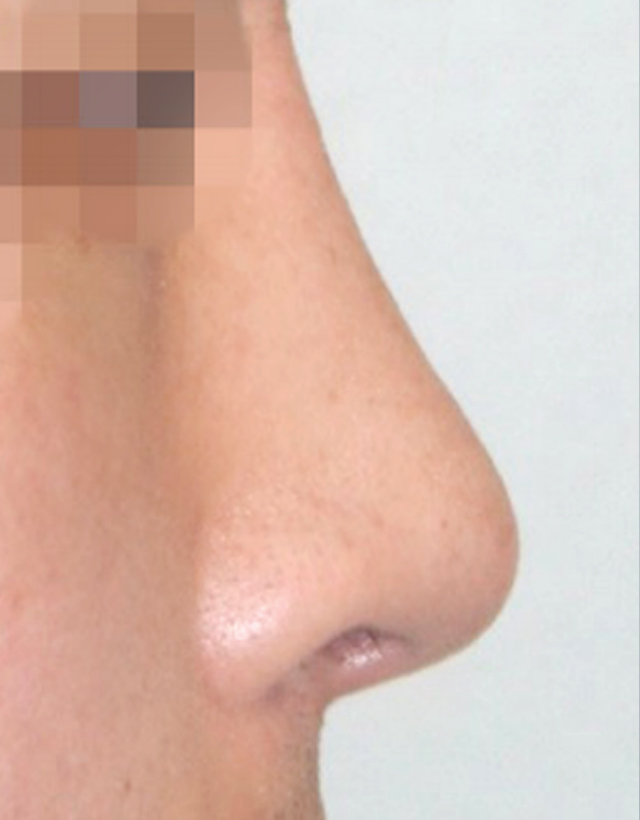
See more before and after surgery photos.
View the research papers from The Plus Plastic Surgery medical team
Frequently Asked Questions
What is nostril and nasal wing (alar retraction) correction surgery at THE PLUS Plastic Surgery in Korea?
Nostril and nasal wing (alar retraction) correction surgery at THE PLUS Plastic Surgery aims to address the upward and inward pulling of nostril edges, which can cause a retracted or pinched appearance. The procedure involves tailored techniques to correct the specific type and severity of alar retraction, improving both the aesthetic look and function of the nose.
Who is an ideal candidate for alar retraction correction surgery at THE PLUS Plastic Surgery in Korea?
An ideal candidate for alar retraction correction surgery at THE PLUS Plastic Surgery is someone experiencing a pinched or retracted nostril appearance, potentially resulting from past surgery or congenital issues. Candidates should consult with their surgeons to determine the best approach based on their unique anatomy and extent of retraction.
What should patients expect in terms of recovery after alar retraction surgery at THE PLUS Plastic Surgery in Korea?
After alar retraction surgery at THE PLUS Plastic Surgery, patients can expect a recovery period involving some swelling and discomfort. Surgeons provide specific aftercare instructions to ensure optimal healing. Most patients can resume normal activities within a few weeks, though complete healing may take longer.
